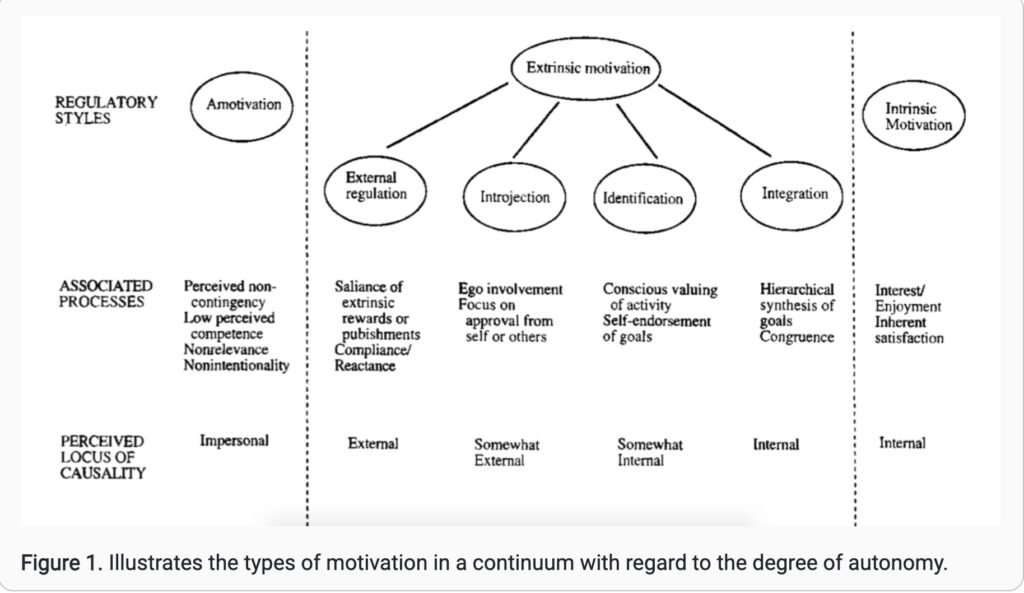In this post, I will share with you how I learned to drive. I relate my learning process to motivation, behaviorism, cognitivism, and constructivism.

In “Motivation Theories and Instructional Design,” Park states that people are more motivated to achieve and stick to their wishes when they have clear goals and interests (2018). My motivation to get a driver’s license came more from my parents, also known as external motivation. My parents presented me with a pretty attractive incentive. If I could study and get my license within three months, they would take me on a trip to Thailand. Otherwise, I would have to stay home for a month and do all the housework. If you read my self-introduction post, you will find that I am a person who loves to travel. Every year I go to a new place or a new country.

Behaviorism
In China, you need to take four exams to get a driver’s license: two written exams and two road tests. At the beginning of learning theory, my instructor took a behaviorist approach to teaching. I put myself in a high-pressure learning environment, and I choose to go to the library to study rather than at home because it’s more of a learning atmosphere. The driving instructor constantly helped me remember the theory by stimulating and repeating the questions and answers repeatedly. During practice, he would provide a bank of questions (about 1300). I continued to practice the same questions and reinforce the concepts for 5 days, which allowed my brain to give the correct answers without thinking. While studying for the road test, I found that the behaviorist approach to teaching did not help me achieve my learning outcomes. Repeated practice of reversing into the parking lot at a fixed site did allow my body to develop conditioned reflexes and successfully pass the test. But I didn’t think about why I was doing it. I found that when I was actually driving on the road, I didn’t know how to back up again.
Cognitivism and Constructivism
The cognitivist theory focuses more on the process of active student participation rather than the outcome (Ertmer & Newby, 2013). My instructor drove me through a demonstration, helping me to better practice through demonstrations and illustrations. During the car ride, I was asked to think about how to control the steering wheel and illustrate it with a story based on his own experience. For example, the instructor would ask me what I would do if there were a rear-end collision ahead.
Here’s a short video from CBS Pittsburgh of the YouTube channel.
He gave me guidance and feedback while I was driving for practice. After that, I was allowed to practice on my own, reacting independently, for example, by braking and turning on the turn signal. I was able to develop safety awareness through simulated exercises that simulated multiple dangerous scenarios. This is also the constructivist way of teaching.
All three theories are practical and specific, and it is important to choose the most appropriate and effective method for yourself to get the best learning results.
Reference
Ertmer, P. A. & Newby, T. (2018). Behaviorism, Cognitivism, Constructivism: Comparing Critical Features From an Instructional Design Perspective. In R. E. West (Ed.), Foundations of Learning and Instructional Design Technology. EdTech Books. https://edtechbooks.org/lidtfoundations/behaviorism_cognitivism_constructivism
Park, S. (2018). Motivation Theories and Instructional Design. In R. E. West (Ed.), Foundations of Learning and Instructional Design Technology. EdTech Books. https://edtechbooks.org/lidtfoundations/motivation_theories_and_instructional_design
Leave a Reply